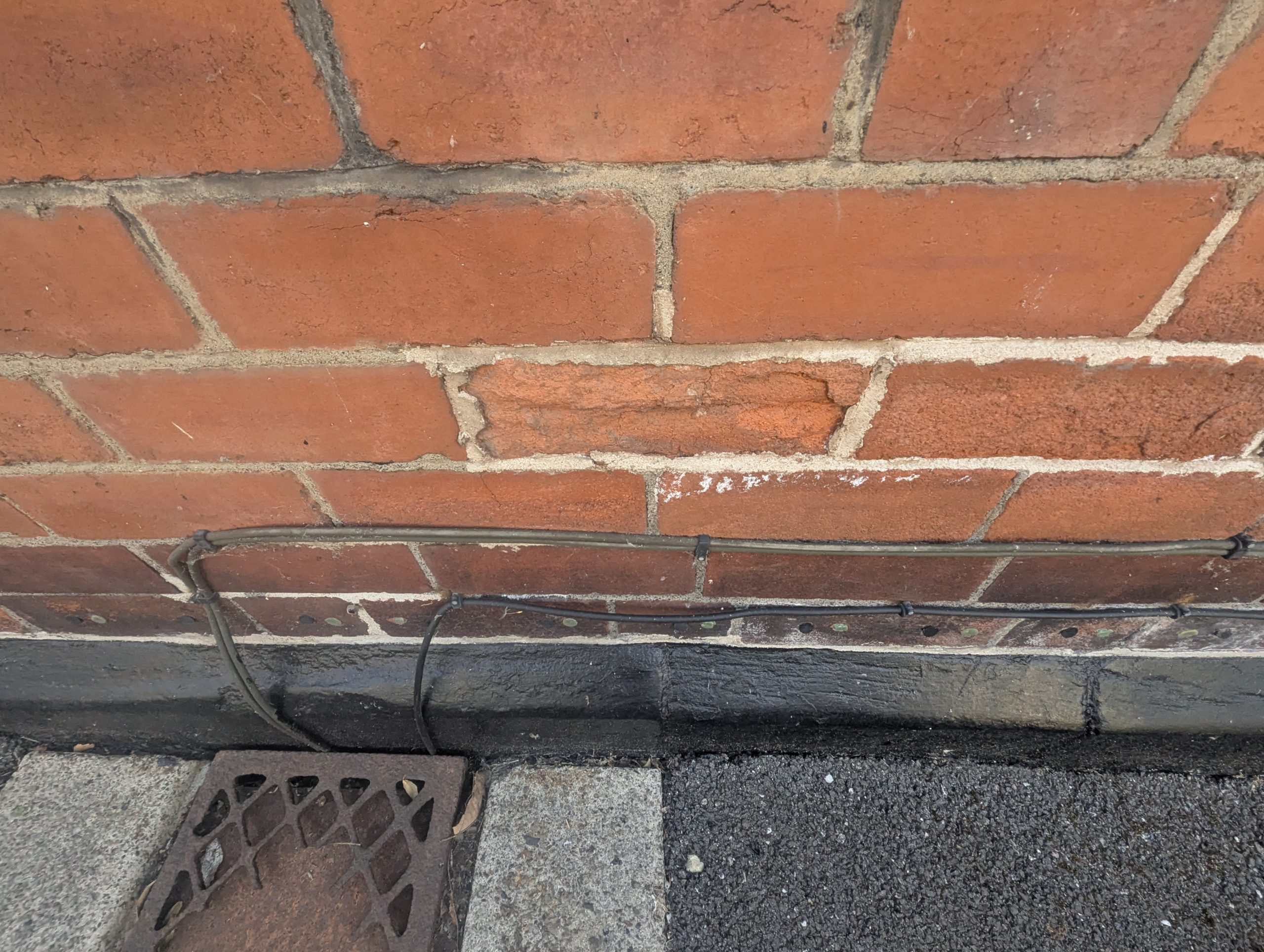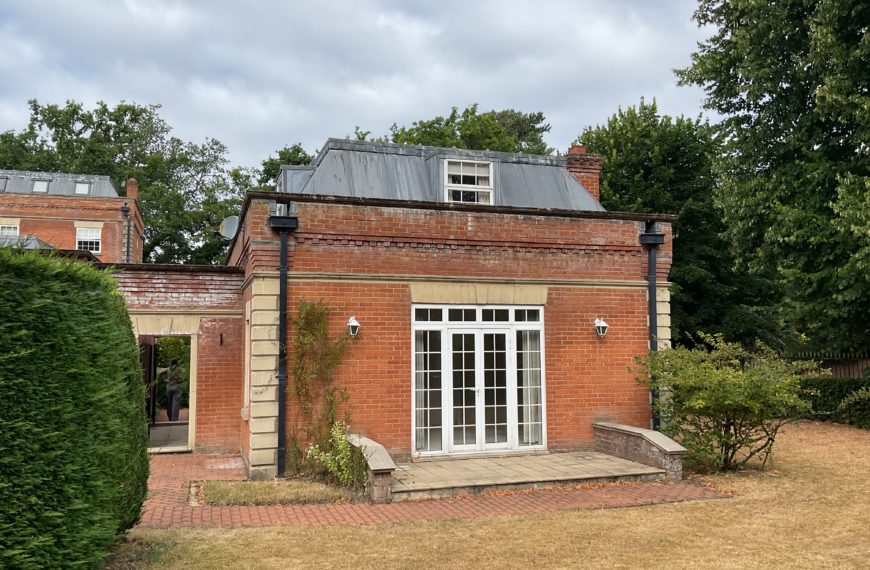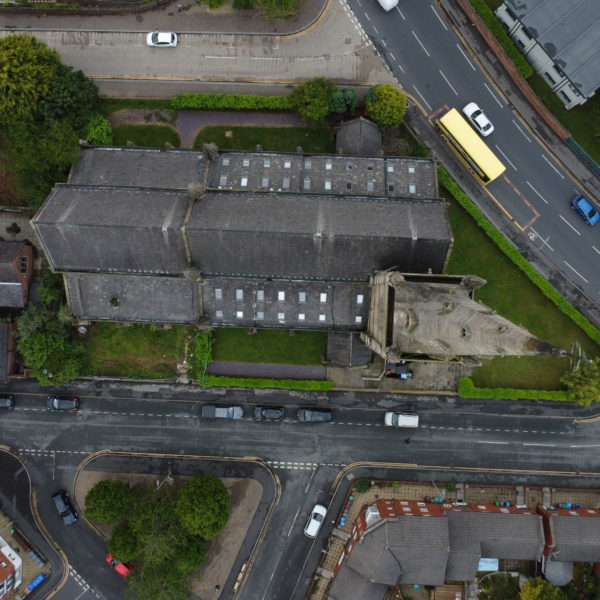Introduction
In heritage conservation, the mortar you choose is crucial, it’s not just about fixing cracks; it’s about preserving architectural legacy. As chartered surveyors and heritage specialist, we’ve seen how incompatible mortars, especially modern cement-based ones, can damage historic masonry through trapped moisture, spalling, and rigidity. This guide explores the full spectrum of traditional lime mortars: air lime, natural hydraulic lime (NHL), pozzolan blends, and hot-mix techniques, ensuring your repairs are both durable and respectful of building heritage.
Speak to an Expert Today
Lime Mortar Fundamentals
Air (Non‑Hydraulic) Lime
A highly breathable, flexible option that sets through carbonation. It’s ideal for soft, delicate substrates or inner areas where flexibility and moisture diffusion are essential.
Natural Hydraulic Lime (NHL)
Contains clay impurities that allow it to set with water, offering varying levels of hardness:
- NHL 2 (Feebly Hydraulic): Slow-setting, gentle, and ideal for soft masonry or interior areas.
- NHL 3.5 (Moderately Hydraulic): Balanced strength and speed, great for general external repairs.
- NHL 5 (Eminently Hydraulic): Fast-setting and durable, best for exposed or damp environments.
Pozzolan-Lime Blends
Adding reactive materials like brick dust, metakaolin, or volcanic ash to lime induces a hydraulic set for faster curing and enhanced durability while preserving porosity and flexibility, excellent when time and weather are factors, but compatibility with softer masonry must be ensured.
Hot Lime Mixes
A traditional technique mixing quicklime, sand, and water simultaneously, generating heat during slaking. Offers excellent workability and historical authenticity but requires careful proportioning and skilled execution—and when blended with a bit of NHL, gains improved setting behavior and consistency.
Speak to an Expert Today
Historic Context
Lime has been integral to masonry since ancient times, evolving with architectural techniques and materials over centuries. Understanding its historical journey helps us respect and apply traditional practices thoughtfully.
- Use in Roman and medieval construction for longevity (e.g., Hadrian’s Wall).
- Georgian experimentation with hydraulic binders using local pozzolans.
- Shifts toward Portland cement in the 19th century and modern revival driven by sustainability and heritage priorities.
Conservation Standards & Guidelines
Preservation work must align with authoritative standards to ensure compatibility, quality, and regulatory compliance. Current frameworks provide essential benchmarks and testing protocols for lime use.
- BS EN 459‑1:2015 provides classifications, specifications, and conformity criteria for building lime—essential for compliant material selection.
- BS EN 459‑2:2021 details the testing methods for verifying lime’s chemical and physical properties.
- SPAB & Historic England guidance emphasizes minimal intervention and breathable lime mortars, cautioning against unnecessary or poorly executed repointing.
- IHBC (Institute of Historic Building Conservation) guidance: Encourages evidence-led, context-specific conservation approaches. Their guidance supports lime mortar use based on material compatibility, historical accuracy, and sustainable maintenance.
All our work at Fourth Wall Heritage is grounded in these principals, which combined with years of experience and practical application, produces well considered and pragmatic outcomes.
Speak to an Expert TodayMortar Testing & Analysis
Accurate restoration begins with understanding historic mortars visually and chemically. Analysis helps develop mixes that align with original textures and performance, without merely copying them.
- Visual inspection and simple scratch or acid testing
- Sampling and lab analysis to determine composition, aggregate, and strength
- Replicating performance through trial mixes that replicate texture, color, and workability (rather than exact historic formulas)
Such analytical steps ensure compatibility and longevity.
Environmental Benefits of Lime
Lime mortars contribute significantly to sustainable conservation, offering low-carbon, breathable, and regenerative solutions. Their ecological advantages align closely with modern environmental goals.
- Lower embodied carbon than Portland cement.
- CO₂ reabsorption through carbonation enhances sustainability.
- Reuse of lime-built masonry supports circularity and heritage reuse.
Common Restoration Mistakes
Even with good intentions, missteps can jeopardize heritage masonry. Awareness of frequent errors helps professionals avoid pitfalls that cause long-term damage.
- Replacing lime with rigid cement mortar.
- Overly wide or thick pointing joints.
- Applying mortars without humidity or temperature control.
- Skipping test sections to verify mortar behavior.
Timeline for Heritage Repointing Projects
A structured timeline ensures methodical restoration, balancing technical rigor with project efficiency. Each phase builds upon the last to achieve a successful conservation outcome.
- Assessment & analysis
- Mix development via trials
- Site prep and substrate damping
- Mortar application and curing
- Aftercare and monitoring outcomes
Glossary of Terms
Understanding lime terminology empowers professionals and readers alike, clarifying jargon and enriching knowledge for conservation dialogue.
- Carbonation – Lime reacting with CO₂ to form calcium carbonate.
- Slaking – Mixing quicklime with water to create hydrated lime.
- Pozzolan – Reactive siliceous material that accelerates lime setting.
- Sacrificial layer – A mortar designed to absorb damage, protecting masonry.
- Banking – Covering and aging mixed mortar for better workability.
- Breathability – The capacity of mortar to permit moisture vapor diffusion.
Frequently Asked Questions
Why use lime instead of cement?
Lime is more compatible with historic masonry due to its softness and breathability. It allows trapped moisture to escape, preventing spalling, cracking, and long-term damage associated with harder, impermeable materials like Portland cement.
Can historical mortars be exactly replicated?
Not precisely. Because original materials and conditions vary, it’s more practical to match the visual and performance characteristics of historic mortars, such as colour, texture, and flexibility, using modern equivalents tailored to the building’s needs.
How much pozzolan or NHL is appropriate?
The ratio depends on exposure, substrate condition, and performance requirements. Overuse can result in a mortar that’s too rigid for softer masonry, so conservators typically use trial mixes to determine optimal proportions that retain breathability and flexibility.
Are hot lime mixes reliable?
Yes—when specified and applied correctly. They mimic historical techniques, offer excellent adhesion and workability, and are particularly suitable for traditional construction, but their performance depends on mix consistency, environmental conditions, and craftsmanship.
What’s the best way to test a new mortar blend?
Apply test panels in inconspicuous areas. Observe setting behaviour, workability, appearance, and compatibility with the substrate under actual site conditions before committing to full-scale use.







